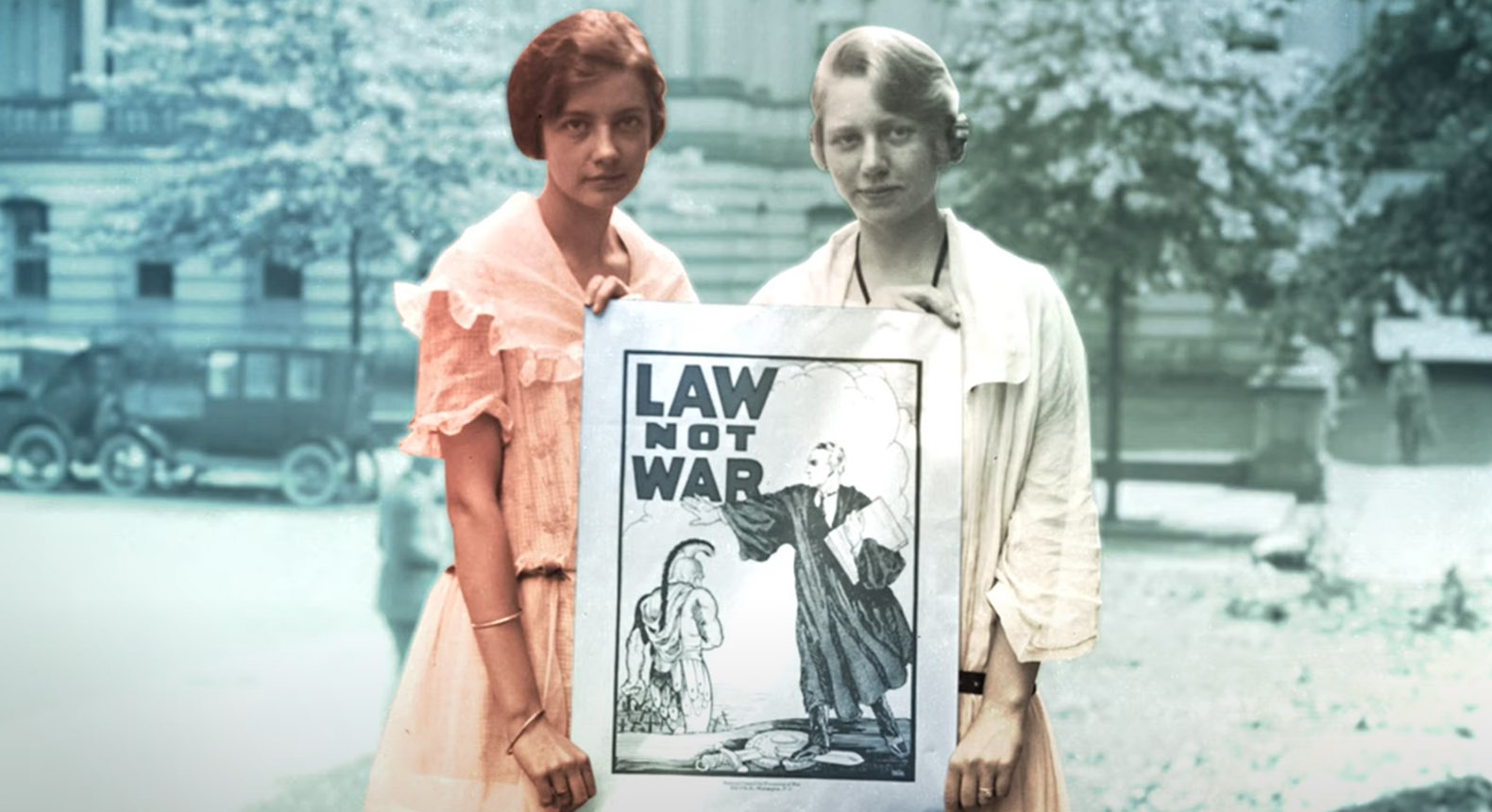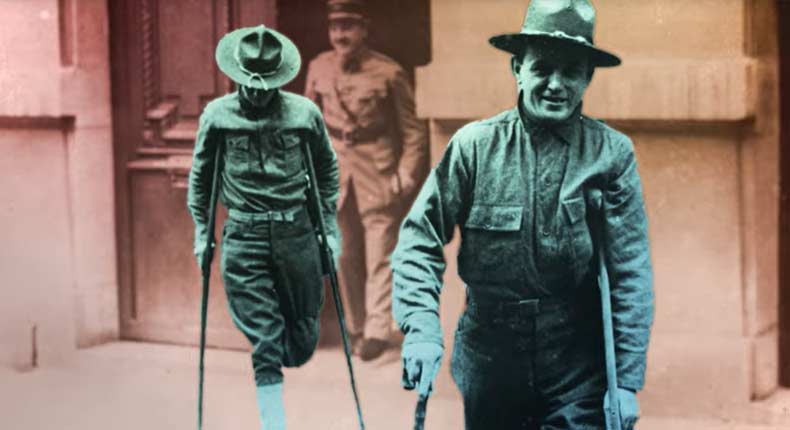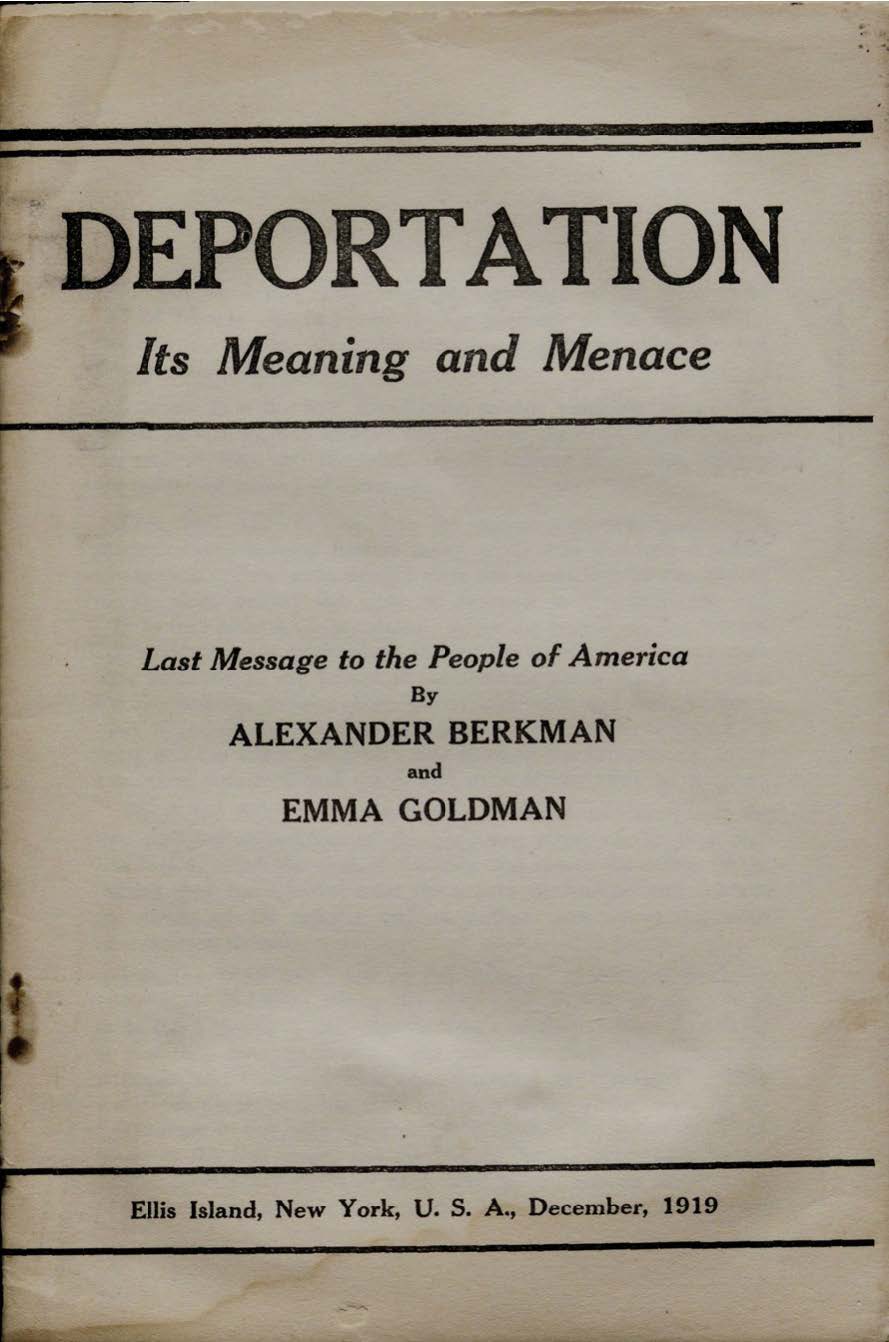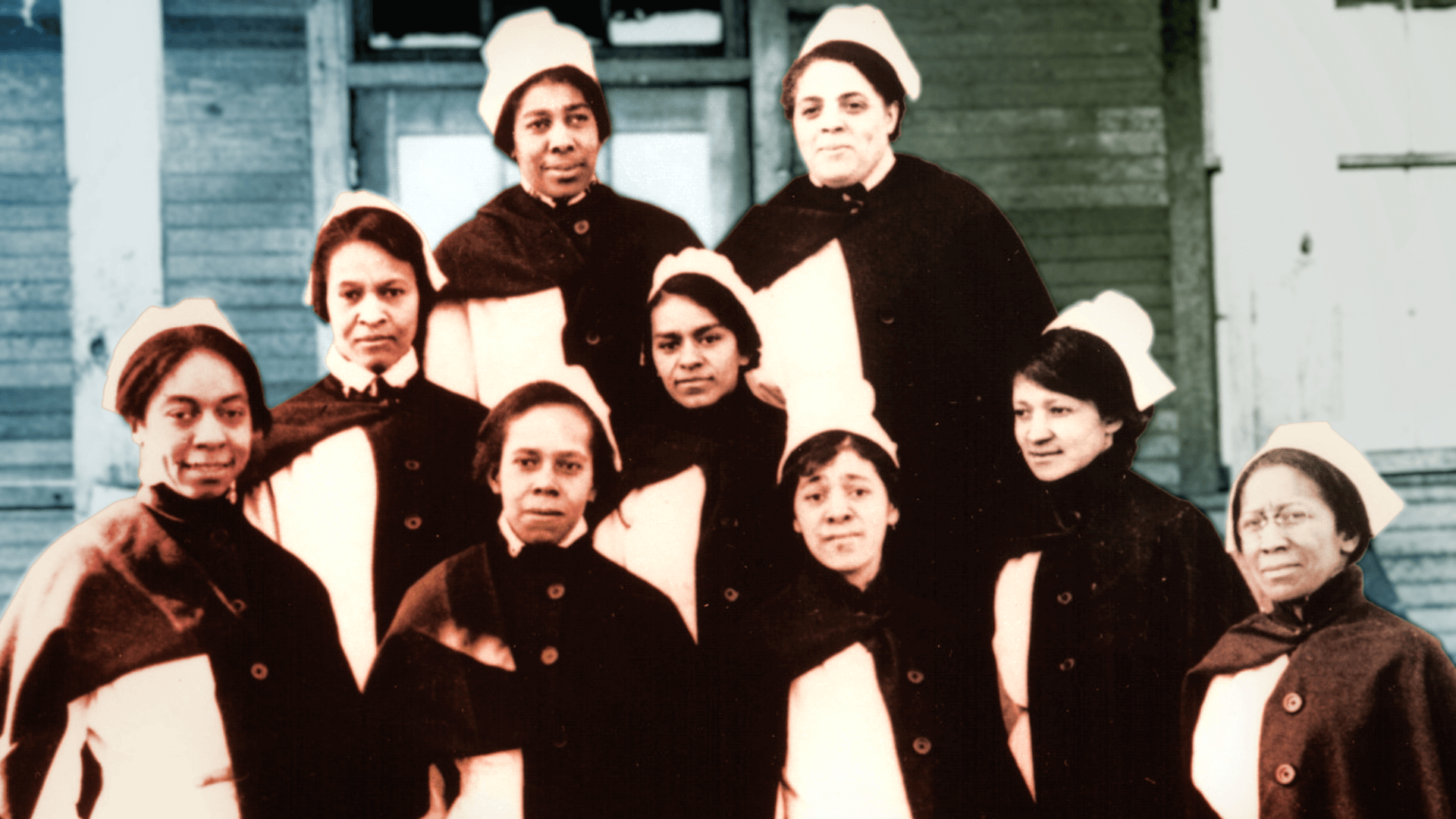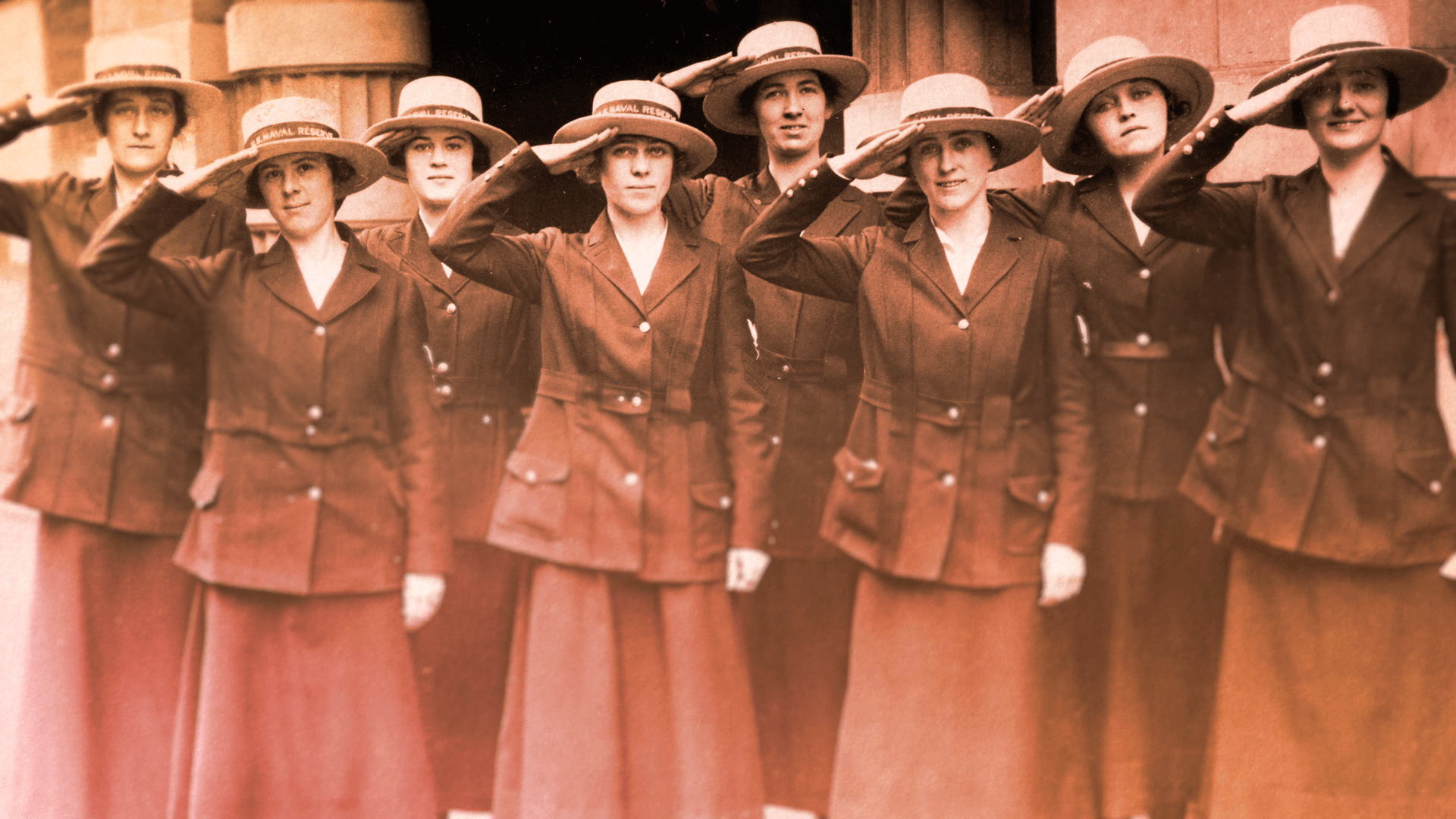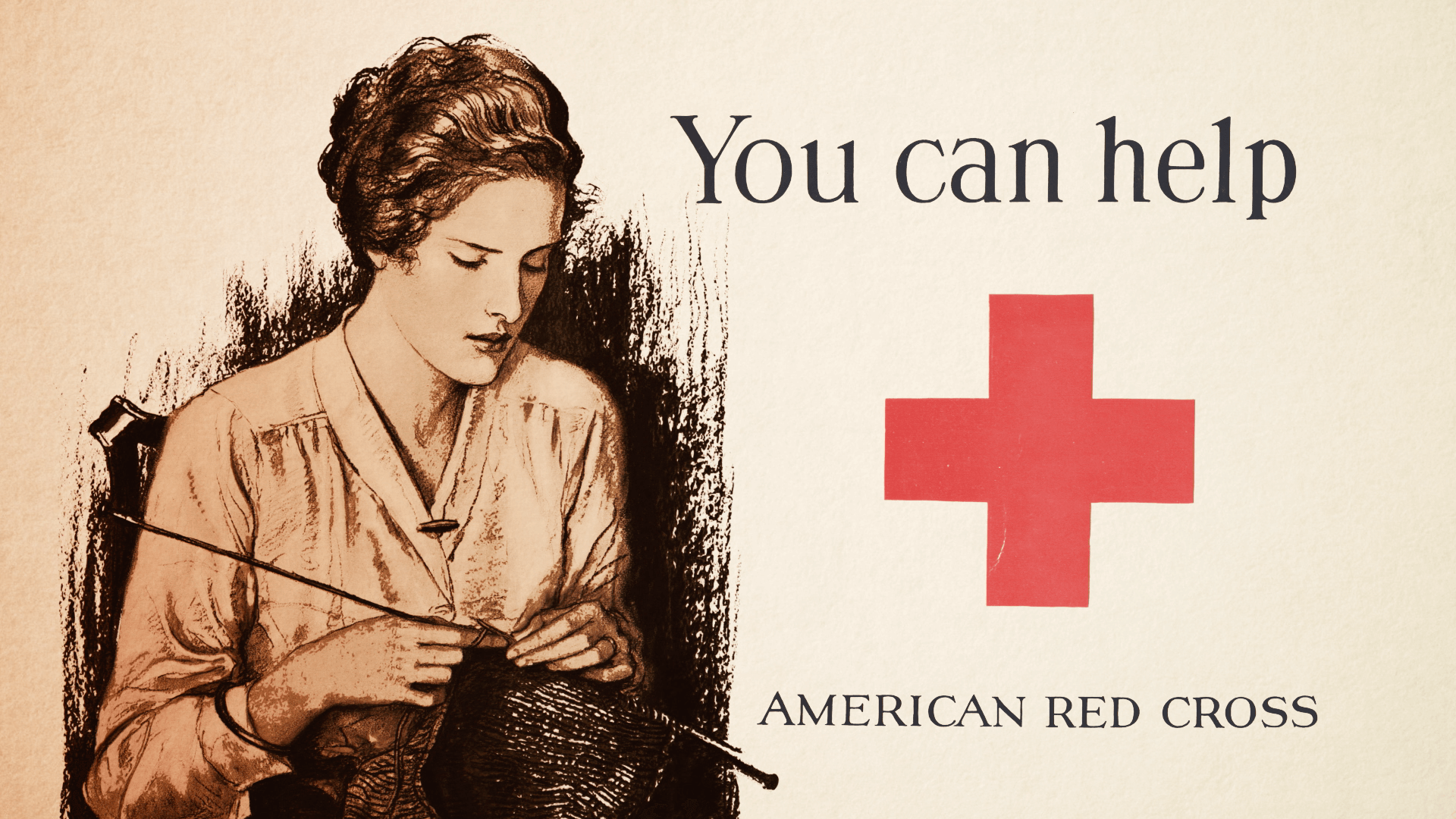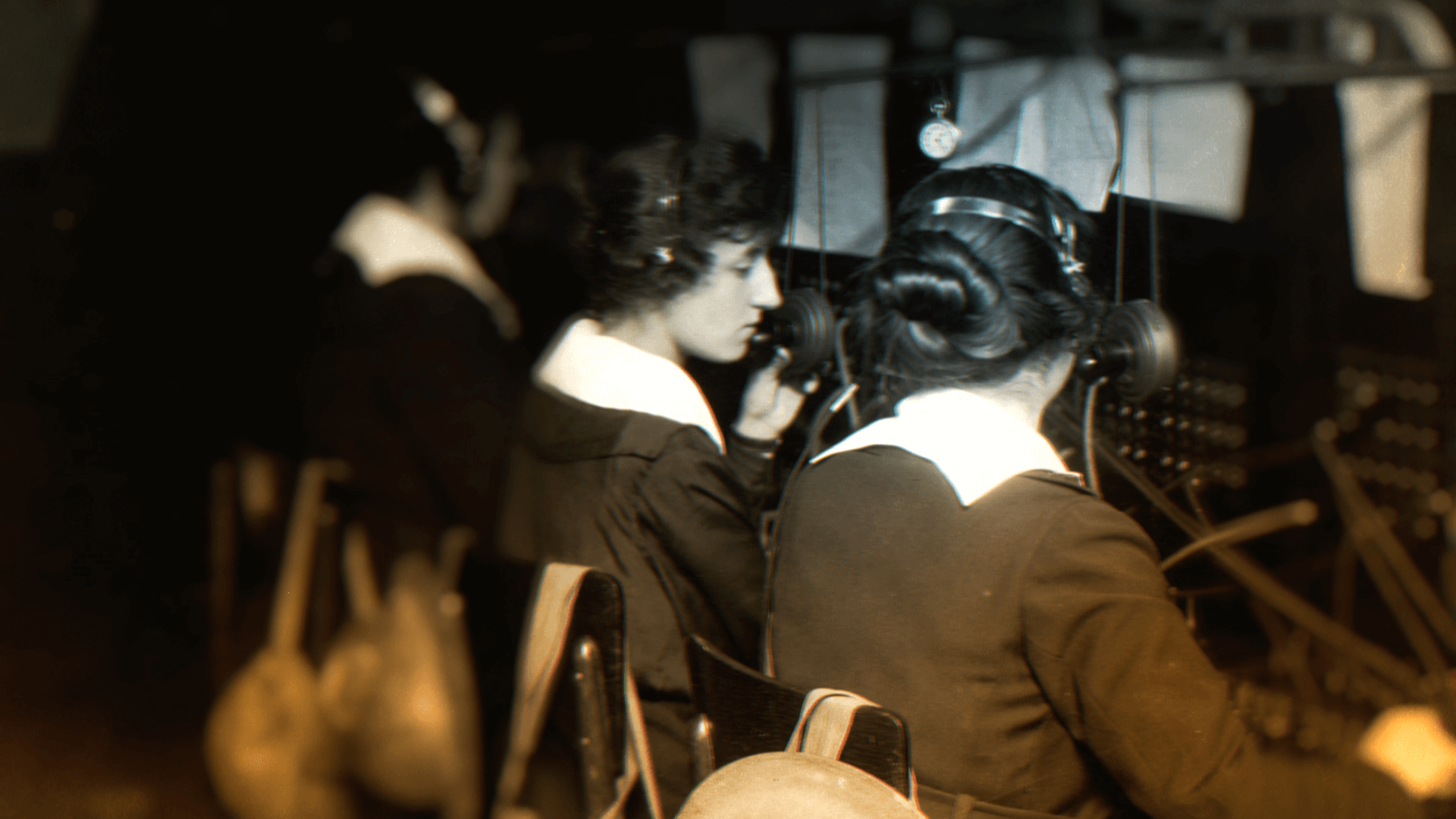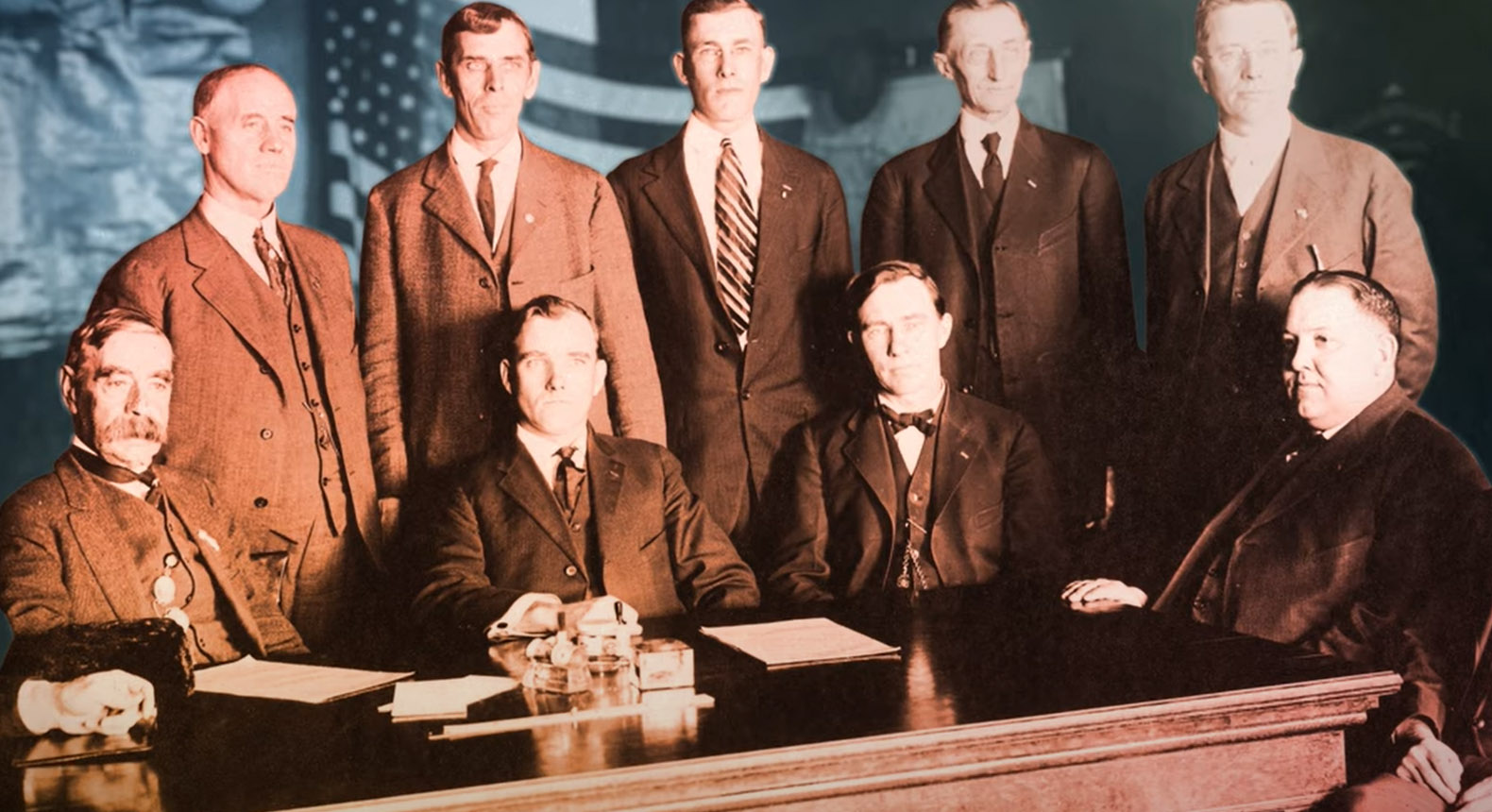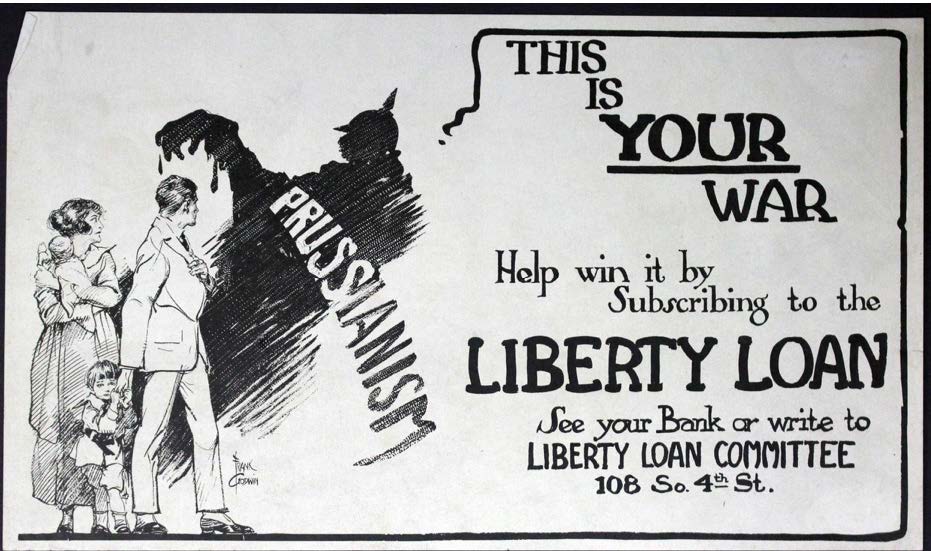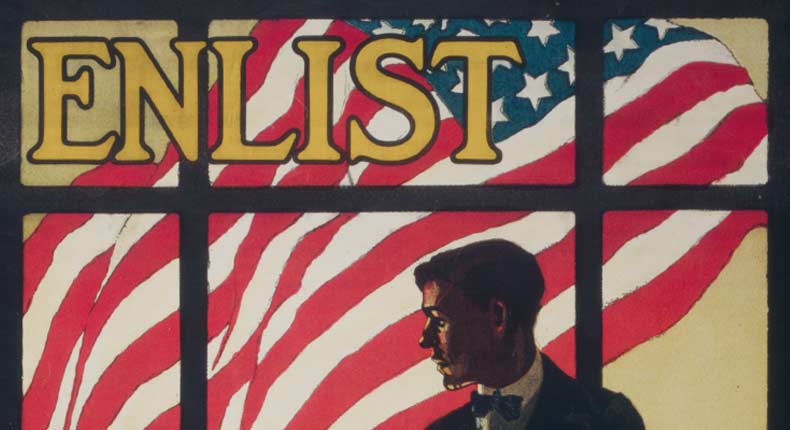Citizenship and World War I
April 21, 2020
Video Discussion Questions Why did some people oppose the U.S. entry into the war?How did the government respond to opposition to the war after 1917?What does conscientious objection mean and how many claim this as status?Explain the challenges that arose for conscientious objectors when American citizenship and military service became identified as synonymous. What is the Red Scare?
Read More
Rules for Discharging Disabled Veterans, 1919
April 15, 2020
When World War I ended in 1918 more than 4.6 million men returned to the United States from war. The American people and the US government were unprepared to reintegrate and care for the men who returned with physical injuries and psychological damage that would affect veterans for the rest of their lives.
Read More
Emma Goldman and the Restriction of Civil Liberties, 1919
April 15, 2020
Emma Goldman was born to a Jewish family in Kovno, Russia (present-day Lithuania). In 1885, at the age of sixteen, she emigrated to the United States, becoming a well-known author and lecturer promoting anarchism, workers’ rights, birth control, and other political and social movements. Anarchists believed that people could naturally govern themselves without systematic controls. They openly rejected US involvement in World War I, and their anti-government activities concerned many in authority
Read More
Women in World War I
April 15, 2020
Video Discussion Questions Describe three roles women took in WWI on the homefront?Thousands of women went overseas during WWI. Describe two roles that they filled.How did WWI impact the profession of nursing and the impression of women in the workforce? Who were Yeomen F and what role did they serve?How did women’s role in the war effect expectations of and on women?How did WWI influence the 19th Amendment?
Read More
Women in World War I
April 15, 2020
[0:00:11] Announcer: Welcome to the How World War One Changed America podcast series, sponsored by the Andrew W. Mellon Foundation with host Dr. Libby O'Connell. [0:00:26] Libby O'Connell: Hi everybody. I'm Libby O'Connell and I'm delighted to have as a guest today, Jennifer Keene. She's Dean at Wilkinson College, and professor of history at Chapman University. So welcome Jennifer. I'm so glad you can join us. [0:00:41] Jennifer Keene: Thank you. Thank you for having me. [0:00:43] Libby O'Connell: Today's theme is women in World War One. Could you give us a brief background on the pre World War One…
Read More
Diary of World War I Nurse Ella Osborn, 1918–1919
April 15, 2020
At the outbreak of World War I, Ella Jane Osborn was a surgical nurse at Mount Sinai Hospital in New York City. In January 1918, she volunteered to serve with the American Expeditionary Forces as a member of the Red Cross’s nursing service in Europe. Initially, nurses were to work only in hospitals far from the front lines. However, the need to have medical treatment available near the fighting changed these plans, and Osborn was assigned to Evacuation Hospital Number 1 at Sebastopol Barracks in France, just seven miles from the front. Sick and wounded soldiers were sent from the…
Read More
Women in World War I
April 15, 2020
Women engaged in World War I in a variety of capacities. They served in support roles for the American and British militaries, worked as nurses and doctors, volunteered for the International Red Cross, drove ambulances, worked in factories, and grew much-needed crops. At the end of World War I, suffrage was expanded to women in both the United States and Great Britain. This activity is designed to help students explore the parallels and divergences in the suffrage movements as well as the way in which service in World War I helped drive home the importance of suffrage as a component…
Read More
Selling the War
April 15, 2020
Video Discussion Questions After the U.S. enters the war, describe some of the media used to encourage unity.What was the mission of the CPI?Who were the Four Minute Men and what did they did?What was the impact of the propaganda industry later in the 20th century?
Read More
Selling World War I: “Buy Liberty Bonds!” 1917–1919
April 15, 2020
When the United States declared war on Germany in April 1917, it needed funds to support the war effort. The Civil War had demonstrated that simply printing more currency would lead to inflation and economic trouble. During World War I, the Secretary of the Treasury and head of the Federal Reserve, William G. McAdoo, did not want to risk devaluing the new US paper currency, which had only been in existence since 1914. Therefore, McAdoo decided to gather one-third of the money needed through taxes and the rest through fundraising.
Read More
Selling The War
April 15, 2020
Shortly after entering World War I in 1917, President Woodrow Wilson established the Committee on Public Information (CPI or “Creel Committee”) to help Americans understand the country’s reasons for fighting in the war. The CPI also revealed the role that citizens could play in supporting the Allied cause. This new pro-war campaign was a hard shift from the United States’ former policy of “isolationism,” and lack of direct participation in the war. Under the direction of George Creel, the CPI began publishing propaganda in the form of posters, speeches, films, advertisements, and other varieties of mass media that were designed…
Read More
